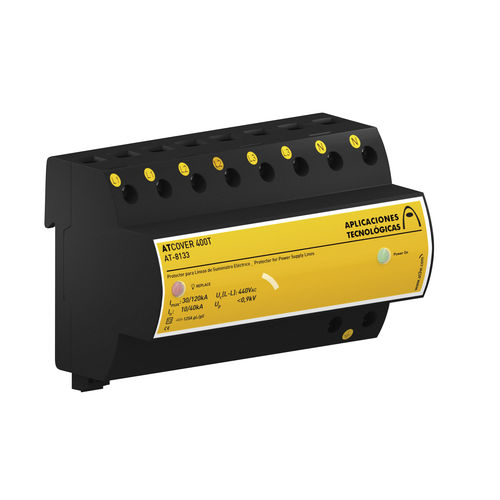
#Industry News
How does a surge protection device work?
Surge protection devices (SPDs) are designed to minimise the destructive effects of surges on electrical and electronic equipment.
There are different types of SPDs depending on the technology they include and what characterises their operation against transient overvoltages.
Transient overvoltages are voltage surges, of very short duration, measured between two conductors, or between conductor and earth. Transient overvoltages can cause significant damage to electrical and electronic equipment and installations.
Adequate internal surge protection is capable of minimising their destructive effects. Surge protection is based on limiting the amplitude of each surge and divert the surge current through specific protection components.
An ideal surge protection device (SPD) should, at voltages higher than the rated voltage of the device, conduct the current, keeping the voltage stable for the duration of the surge, but stopping the conduction as soon as the voltage returns to the rated value.
In this article, we will briefly discuss some of the technologies used in SPDs and how they work to protect against transient overvoltages.







